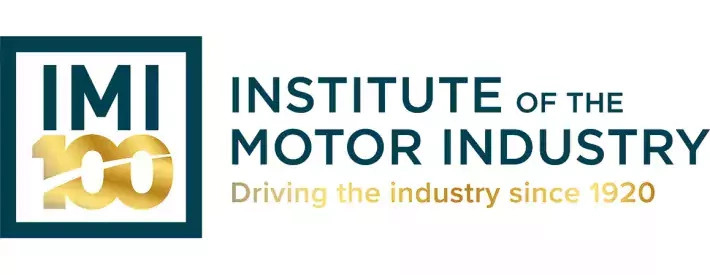Five things you didn't know about the IMI

In this article: It’s the IMI’s centenary, but here are five facts you may not know about the institute
The IMI celebrates its centenary this year, and its history has been as varied, challenging and diverse as the industry as a whole. But while you may know some things about the institute, here are five facts that you may not be as familiar with:
It all started with a drink
OK, so we know the IMI is 100 years old, but do you know how it started? Back in 1920 the Council of the Motor Agents Association met once a month in London. Its meetings started early in the morning, so members would arrive the night before, and what better way to start the trip than to meet for dinner and drinks at the Howard de Walden Club on Weymouth Street close to the MAA headquarters.
Key members of the Council were Teddy Garnon, the group’s Metropolitan Secretary, Harold Perry and Albert Crane, both solicitors, and they all played a part in founding the Institute of the Motor Trade in December 1920, it’s aim, to guide the education and training in the industry.
Competition time
If you have an organisation with members it’s a good thing to get them thinking about their industry, and what better way than a competition.
Today we may look to events such as World Skills to see how competition can sharpen the mind, but back in 1929 it was less about mixing practical and academic and solely about essay writing.
At the end of the 1920’s the Institute introduced its major award, the Castrol Gold Medal, an idea dreamt up by Castrol founder, Lord Wakefield of Hythe.
The award’s aim was simple: to encourage the highest possible standards of performance in the industry.
Anyone want to start an essay competition up again?
Supporting military members
World War II meant the institute was put on an emergency footing, and for a variety of reasons, including blackouts, transport difficulties and other restrictions, cancelled all lecturers.
It also exempted members in the Armed Forces from the paying subscriptions, and set up a Comfort Fund to supply greetings cards and cigarettes to serving members. Not only that, it sent parcels four times a year to personnel who were prisoners of war. Among the items it sent were footballs, boxing gloves and, for one very keen individual, technical books on the motor trade.
Training at its core
The IMI has training and development at its core, and vocational courses are an important part of helping the workforce gain the skills that will help them succeed in the industry.
And it was in the 1950’s that the need to offer vocational training really came to the fore, when the institute established a four-year residential diploma course in motor industry at Loughborough College of Technology.
This set the tone and soon after came a shortened two-year residential course with an identical syllabus, and a business focused one-year post-graduate course in Management, Principles of Administration and Practice in the Motor Industry.
Down but not out
The institute hit the skids after celebrating its 40th anniversary when it faced losing its headquarters. London County Council was pulling the plug on its then home, 40 Queen’s Gate, refusing to give permission for further use. Cue a frantic search for a new home.
London was either too expensive or not fit for purpose, so the net was widened and properties outside of London were considered. In 1962 a gem was spied, advertised in The Times newspaper:
“Spacious country residence of great charm and immaculate order. Extensive landscaped gardens, stabling etc; situated in beautiful wooded surroundings known as Fanshaws, Brickendon, Hertford.”
Not long after the institute paid £20,000 for the property, six acres of land and three freehold cottages, and it’s been home ever since.




